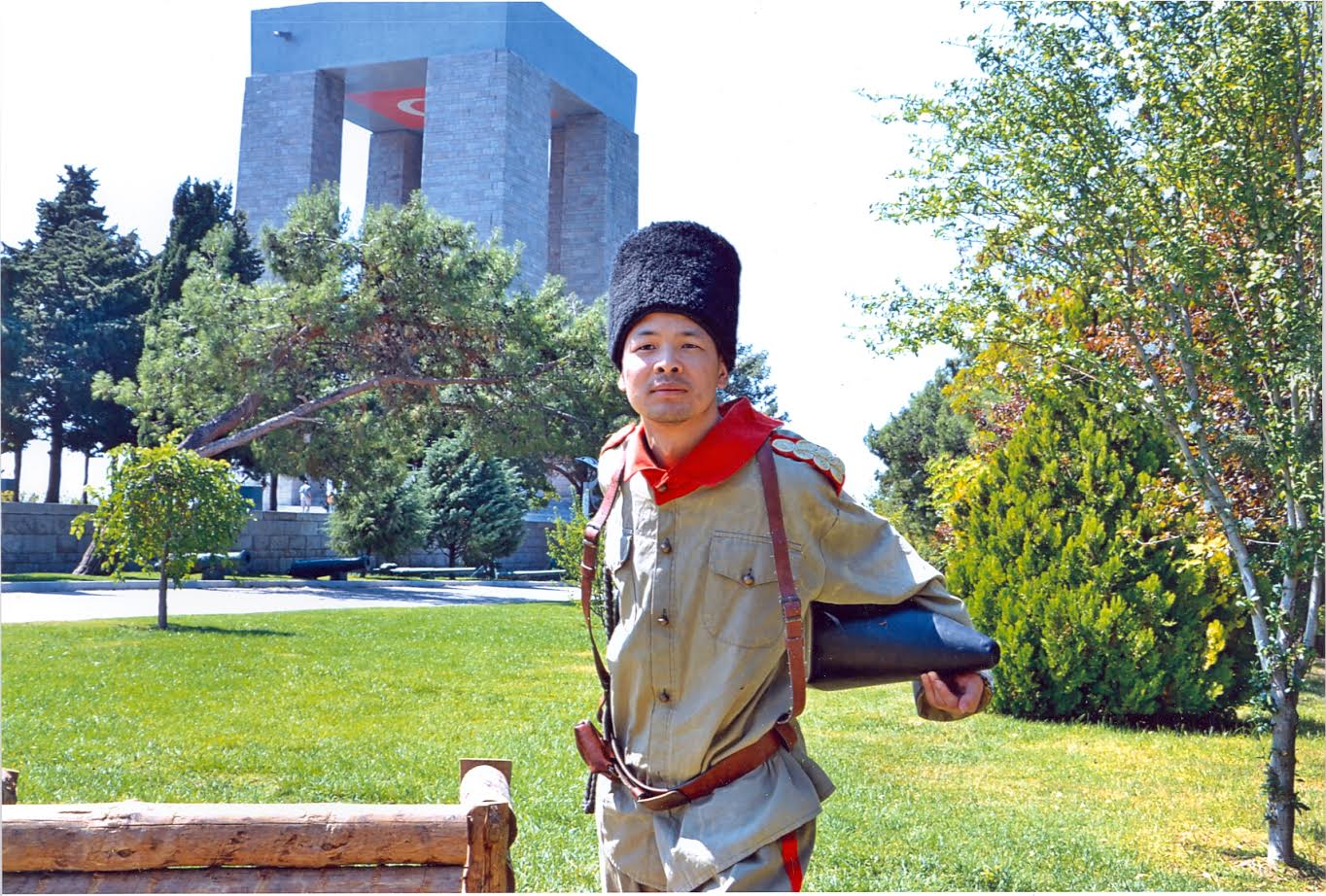
张江敏博士,2005年武汉大学本科毕业,之后到中科院物理所硕博连读,在刘伍明与周端陆研究员的指导下从事冷原子方面的研究,2011 年7月博士毕业后先后在德国Augsburg大学和马普复杂系统所从事博士后研究(主要合作者有Daniel Braak博士,Marcus Kollar博士和Masudul Haque博士),2015 年 12 月获聘闽江学者,进入福建师范大学工作。研究领域有玻色-爱因斯坦凝聚体的非线性动力学,量子少体与多体系统的动力学,严格可解模型,费米子波函数的结构等。主要工作有:(1)发现了一个2粒子系统的半可解性及其中的奇异束缚态,并首次将Prony算法用于检验一个波函数是否可写成Bethe Ansatz形式;(2)发现了Bloch波的奇异动力学演化,并找到背后的动力学严格可解的类Luttinger模型;(3)给出了一个构建一个费米子波函数最佳Slater逼近的数值算法,并完整证明了Borland-Dennis发现;(4)给出了费米黄金规则的一个简单干净的推导;(5)给出了做严格对角化的一个一般策略。
现为硕士生导师,欢迎有想法有个性的同学报考,尤其欢迎报考著名高校的优秀考生调剂。
联系方式: wdlang06 AT 163.com
科学网博客:http://bbs.sciencenet.cn/home.php?mod=space&uid=100379&view=wdlang
迄今发表文章有:
J. M. Zhang and Y. Liu, Dynamical Friedel oscillations in a Fermi sea, Phys. Rev. B 97, 075151 (2018).
J. M. Zhang and Y. Liu, Witnessing a Poincaré recurrence with Mathematica, Results in Physics 7, 3373 (2017).
J. M. Zhang and Y. Liu, Geometric entanglement in the Laughlin wave function, New J. Phys. 19, 083019 (2017).
J. M. Zhang and N. J. Mauser, Optimal Slater-determinant approximation of fermionic wave functions, Phys. Rev. A 94, 032513 (2016).
J. M. Zhang and H. T. Yang, Sudden jumps and plateaus in the quench dynamics of a Bloch state, EPL 116, 10008 (2016).
J. M. Zhang and Y. Liu, Fermi’s golden rule: its derivation and breakdown by an ideal model, Eur. J. Phys. 37, 065406 (2016).
J. M. Zhang and H. T. Yang, Cusps in the quench dynamics of a Bloch state, EPL 114, 60001 (2016).
J. M. Zhang and M. Haque, Nonsmooth and level-resolved dynamics illustrated with a periodically driven tight-binding model, ScienceOpen Research 2014 (DOI: 10.14293/S2199-1006.1.SOR-PHYS.A2CEM4.v1).
D. Braak, J. M. Zhang, and M. Kollar, Integrability and weak diffraction in a two-particle Bose-Hubbardmodel, J. Phys. A: Math. Theor. 47, 465303 (2014).
J. M. Zhang and Marcus Kollar, Optimal multiconfiguration approximation of an N-fermion wave function, Phys. Rev. A 89, 012504 (2014).
B. J. Wu and J. M. Zhang*, Schrodinger cat states prepared by Bloch oscillation in a spin-dependent optical lattice, Science China Physics, Mechanics & Astronomy 56, 1810 (2013).
J. M. Zhang, Daniel Braak, and Marcus Kollar, Bound states in the one-dimensional two-particle Hubbard model with an impurity, Phys. Rev. A 87, 023613 (2013).
J. M. Zhang, Daniel Braak, and Marcus Kollar, Bound States in the Continuum Realized in the OneDimensional Two-Particle Hubbard Model with an Impurity, Phys. Rev. Lett. 109, 116405 (2012).
J. M. Zhang, F. C. Cui, and Jiangping Hu, Dynamical predictive power of the generalized Gibbs ensemble revealed in a second quench, Phys. Rev. E 85, 041138 (2012).
L. Wen, W. M. Liu, Yongyong Cai?, J. M. Zhang*, and Jiangping Hu*, Controlling phase separation of a two-component Bose-Einstein condensate by confinement, Phys. Rev. A 85, 043602 (2012).
J. M. Zhang, C. Shen, and W. M. Liu, Strong thermalization of the two-component Bose-Hubbard model at finite temperatures, Phys. Rev. A 85, 013637 (2012).
J. M. Zhang, C. Shen, and W. M. Liu, Quantum quench dynamics of the Bose-Hubbard model at finite temperatures, Phys. Rev. A 83, 063622 (2011).
Jinwu Ye, J. M. Zhang, W. M. Liu, Keye Zhang, Yan Li, and Weiping Zhang, Light-scattering detection of quantum phases of ultracold atoms in optical lattices, Phys. Rev. A 83, 051604 (2011)
J. M. Zhang and W. M. Liu, Directed coherent transport due to the Bloch oscillation in two dimensions, Phys. Rev. A 82, 025602 (2010).
J. M. Zhang and R. X. Dong, Exact diagonalization: the Bose-Hubbard model as an example, European Journal of Physics 31, 591 (2010).
J. M. Zhang, S. Cui, H. Jing, D. L. Zhou, and W. M. Liu, Probing the quantum ground state of a spin-1 Bose-Einstein condensate with cavity transmission spectra, Phys. Rev. A 80, 043623 (2009).
J. M. Zhang, F. C. Cui, D. L. Zhou, and W. M. Liu, Nonlinear dynamics of a cigar-shaped Bose-Einstein condensate in an optical cavity, Phys. Rev. A 79, 033401 (2009).
J. M. Zhang, W. M. Liu, and D. L. Zhou, Mean-field dynamics of a Bose Josephson junction in an optical cavity, Phys. Rev. A 78, 043618 (2008).
J. M. Zhang, W. M. Liu, and D. L. Zhou, Cavity QED with cold atoms trapped in a double-well potential, Phys. Rev. A 77, 033620 (2008).
J. M. Zhang and S. Hao, A new proof of the Darboux theorem, Studies In College Mathematics (Supplement, 2005).

